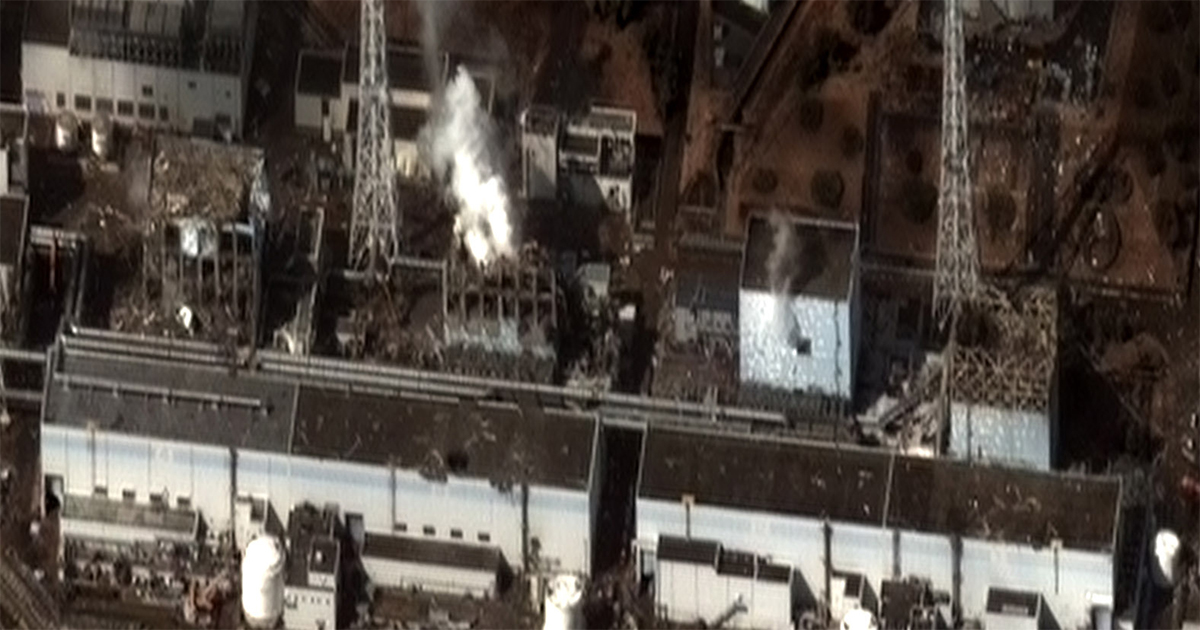Japan’s government has reportedly made the decision to release more than 1 million tonnes of contaminated water from the Fukushima Daiichi nuclear power plant into the sea.
Domestic media reports said the controversial plan to release the water would begin in 2022 at the earliest.
The release would take decades to complete.
The contaminated water is being stored in more than 1,000 tanks that are hitting full capacity.
An official decision could come by the end of the month, ending years of debate over what to do with the water.
The other options mooted included evaporation or the construction of more storage tanks at other sites.
However, the Japanese government has indicated for a while now that it prefers releasing the contaminated water into the nearby Pacific.
Rate of increase of contaminated water
As of September 2020, 1.23 million tonnes of water were being stored in 1,044 tanks.
The amount of waste water increases by 170 tonnes a day.
The water becomes contaminated when it mixes with water used to prevent the three damaged reactor cores from melting.
Space running out in 2 years
Pressure to decide the water’s fate has been building.
Storage space on the nuclear plant site is running out.
The plant’s operator, Tokyo Electric Power (Tepco), estimates that all of the available tanks will be full by the summer of 2022.
What is the contaminant?
Tepco’s Advanced Liquid Processing System removes highly radioactive substances from the water.
But the system is unable to filter out tritium.
Tritium is a radioactive isotope of hydrogen that nuclear power plants routinely dilute and dump along with water into the ocean.
The government was advised by a panel of experts earlier in 2020 that releasing the water was among the most “realistic options”.
Experts say tritium is only harmful to humans in very large doses.
The International Atomic Energy Agency also said it is possible to dilute filtered waste water with seawater before it is released into the ocean.
The water at Fukushima Daiichi will be diluted inside the plant before it is released so that it is 40 times less concentrated.
This whole process will take 30 years, according to the Yomiuri Shimbun newspaper.
Opposition to release
Local fishermen in Japan are strongly opposed to the plan as it will destroy their livelihood.
They say it will undo years of work rebuilding their industry’s reputation since the plant was badly damaged by a massive tsunami in March 2011.
In response, the government has said it will promote Fukushima produce and address concerns among fishermen that consumers will shun their seafood once the water is released.
Environmental groups also oppose the move.
Neighbouring South Korea has repeatedly voiced concern, claiming that discharging the water represented a ”grave threat” to the marine environment.
South Korea still bans seafood imports from the region.
We deliver more stories to you on LinkedIn
Top photo of damaged Fukushima nuclear plant via Wikipedia
If you like what you read, follow us on Facebook, Instagram, Twitter and Telegram to get the latest updates.
